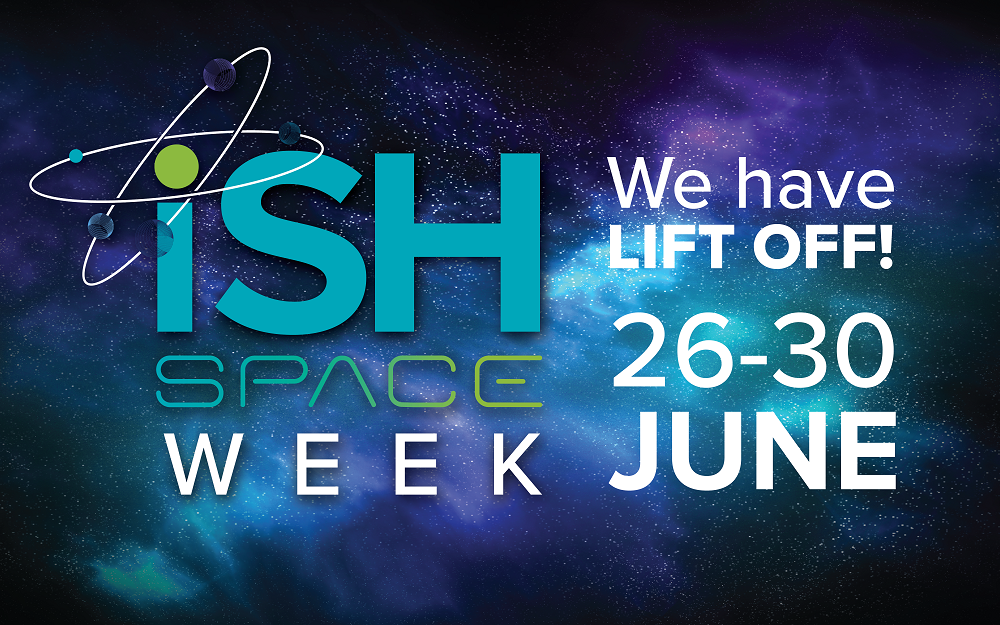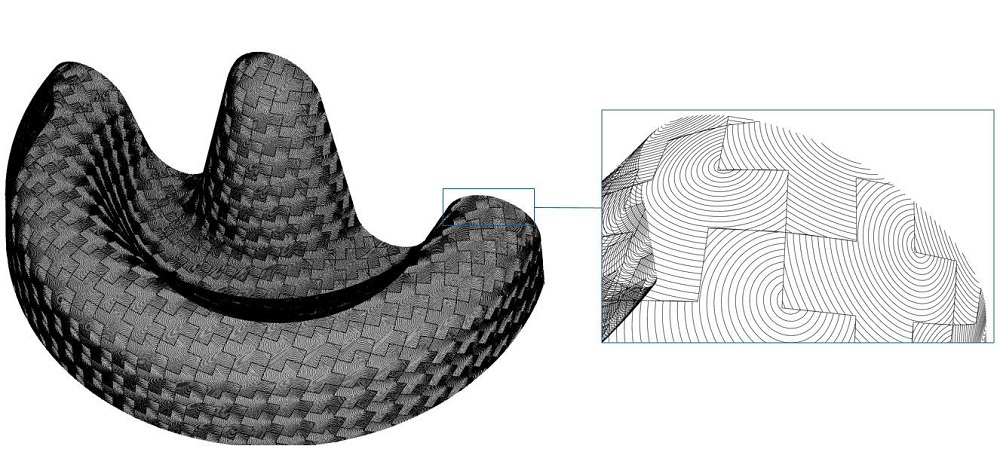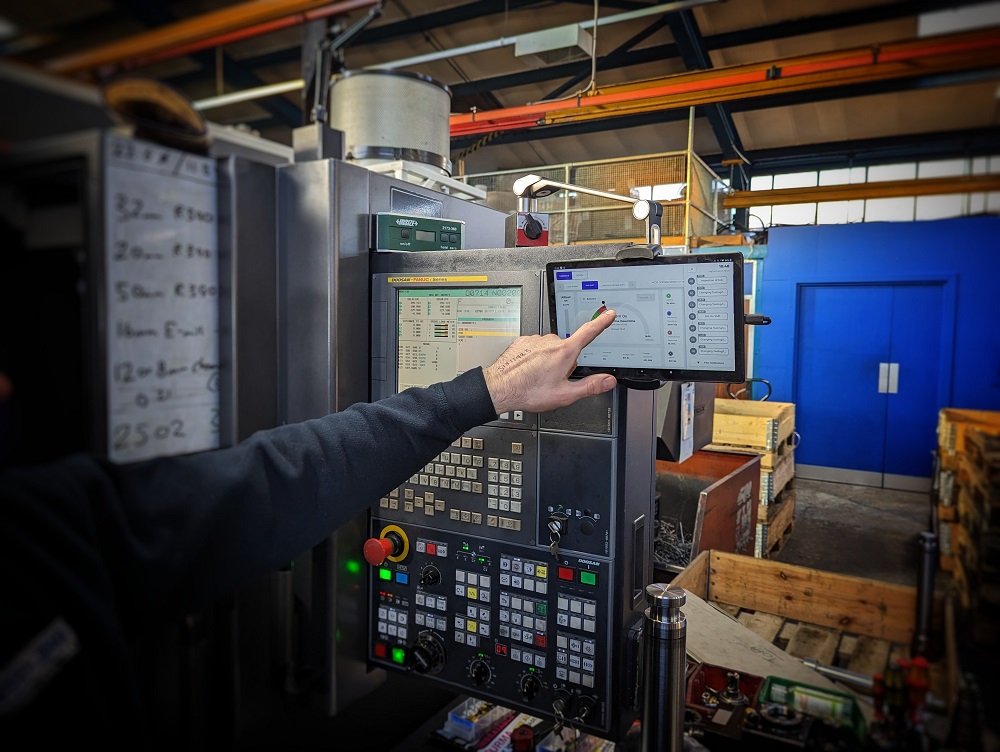A precision machining company has achieved 30% growth in turnover following the installation of a manufacturing analytics platform. Chesterfield-based Sterling Machining installed FourJaw’s manufacturing analytics platform on 14 of its CNC machines to support and inform its continuous improvement strategy.
Co-owner and production manager Andy White says: “We had an ERP in place but no way of accurately measuring jobs and their profitability until they were finished. If a job took longer than expected, we couldn’t see why. FourJaw’s machine monitoring system has given us valuable data that we use to understand machine utilisation, operational efficiency and profitability. In the past 12 months our business has grown from £3.8m to £5m turnover.”
FourJaw’s MachineLink IIoT device is suitable for easy and quick self-installation on any manufacturing machine, regardless of brand, type or age, which makes it suitable for small and medium-sized businesses that prefer a low-cost, no-fuss ‘plug-and-play’ solution. By monitoring and analysing machine data, FourJaw enables manufacturers to make machines run productively and profitably.
“Initially, the guys on the shop floor were a little reluctant but soon became interested to see how it worked,” says White. “It didn’t take long for them to become competitive, wanting to get the best machine efficiency scores, resulting in utilisation going from 75% to 100%. This means that we’re making more products with the same resources, lowering the cost of manufacturing and therefore improving profitability.”
Since installing FourJaw on its machines, the team at Sterling Machining has improved many processes, informed by the platform’s accurate real-time data. For example, the team uses historic data to see how long similar jobs have taken and uses this information to quote more confidently for future work.
For further information www.fourjaw.com



















